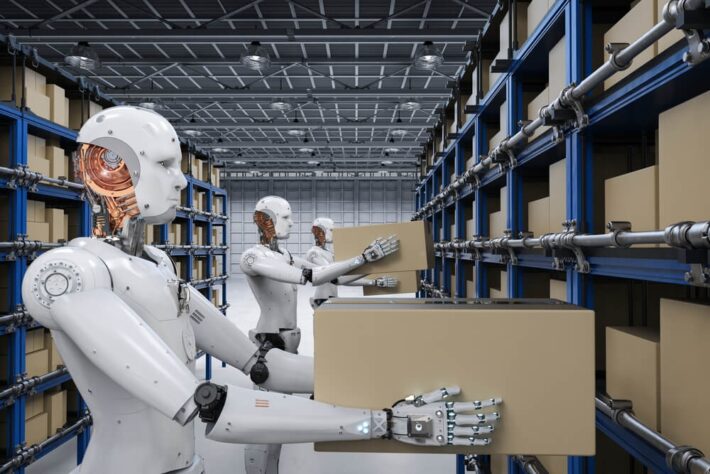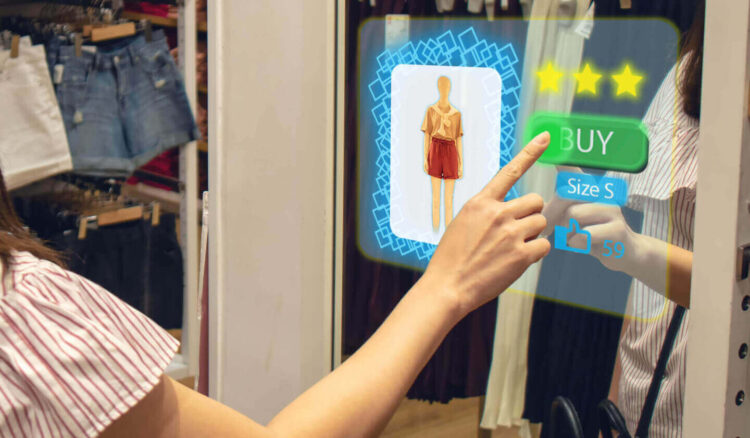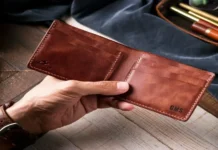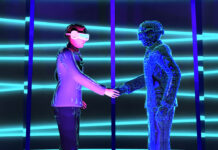
IoT as a term was born at the very end of the nineties, and its primary goal was to describe the possibility of empowering computers to be able to feel or sense the world they are being used in. By doing so, they should be able to adapt to it. In the last decade, mobile service providers, electronics manufacturers, and Internet companies have built a virtual world in which people live, work and play digitally. The biggest challenge is to intertwine these two worlds for the benefit of humanity and for the purpose of sustainable living and business, and this is exactly what IoT technology should also contribute to.
For a long time, when people speak about it, it was always kind of too far, belonging to the future. However, in the past decade, it has slowly started to become more and more applicable and offers solutions that have been simplifying our lives every day. Companies from different branches are using it to make the most out of the market.
Combined with data analysis software and artificial technology, companies around the world use them to improve business processes, increase profits, and be socially aware businesses. It is slowly revolutionizing the world, including the retail sector. Here are all the ways the retail industry is being revolutionized by this technology
1. Improved apps for shopping will increase customers base

We are witnessing how all the retail is moving online, so it is to expect that all shopping activity will at one point also move online. By now, every serious retailer has a mobile app through which people shop. But here, we are talking about an even more improved experience while shopping online. Online shopping apps will make retail chain management even more efficient. This technology will provide customers with a personalized retail experience and help strengthen commercial presence on the web for businesses. In a way, it will present the world with a new era of shopping that will attract customers from all categories and offer a tempting experience of buying anything you want. Read this blog to learn more about how the shopping experience will be transformed with IoT.
2. Improved inventory management

Even though online retail has made the market bigger for businesses, it also brought a series of challenges in many different areas, including handling inventory. IoT gave a solution for this, too. The use of radio frequency identification marks (RFID) makes inventory management much easier and more fun, as opposed to the use of conventional data collection systems. Such technology goes literally into details, and can also record how visitors spend their time on store premises, making it easier to track their movements and interactions with products with the help of smart lighting. Using data collected from such systems, store owners can make the necessary inventory improvements and even the way products are displayed on their shelves. So much valuable data about the customer’s behavior is being collected.
3. Improved customer service

It can also significantly improve customer service, and its technology can improve the strength of a CRM system. The advantage of IoT solutions is based on the technology’s ability to detect problems with customers and inform companies about them, but also the devices they use. When it comes to cable services, IoT devices can report problems to customer support that can solve them without the customer even knowing anything about it. Further on, this data can be redirected to companies ’CRM systems, allowing them to get closer to customers and develop a new kind of dialogue. Change the interaction method, in a way. This in turn can improve engagement leading to customer retention, and above all increasing loyal customers base. Improving customer service is one of the notable consumer trends. Today’s CRMs are known for their ability to connect well with other systems, making the apps more simple.
4. Tracking sensors

IoT technology goes beyond the online world, offering practical solutions to retailers on the spot, especially for tracking goods and inventory. One such solution is the tracking sensors which help track carts and baskets that have managed to be lost. These are the things retail stores tend to lose a lot of money on, because each lost basket has to be replaced, making this quite a loss on a yearly basis.
Sensors are simply being placed on each cart, making it easy to track the location of each one at any point in time. Moreover, they can run inside and outside, being entirely functional for months. This is also one segment that contributes to customer satisfaction, by ensuring there are enough carts and baskets all the time.
These sensors are also being used for tracking goods in the supply chain, so their usage is way more applicable then it was mentioned in the example above.
5. Going green

While “green” in retail has so far only referred to symbolic shifts such as waste sorting and the selection of cardboard instead of plastic packaging, sustainability can now only be achieved by a complete turnaround in the way we think and do business. The combination of these solutions aiming to measure consumption reduces demand, and carbon footprint will become more of a standard and less of an option, in order to reduce costs and generate new revenue.
Applying technology like this will require a couple of changes, or better say going out of the comfort zone.
In order to understand and properly apply such technology, you need to know what your users or customers really need and what would enhance their experience in contacting you and your service. Then you need to figure out how to process that data and profit from it. It does require moving away from the information you already have and the way you are used to doing things so far. It is for the sake of creating a whole new environment in which you will use technology to reach your ultimate goal. And it will definitely be worth it.











